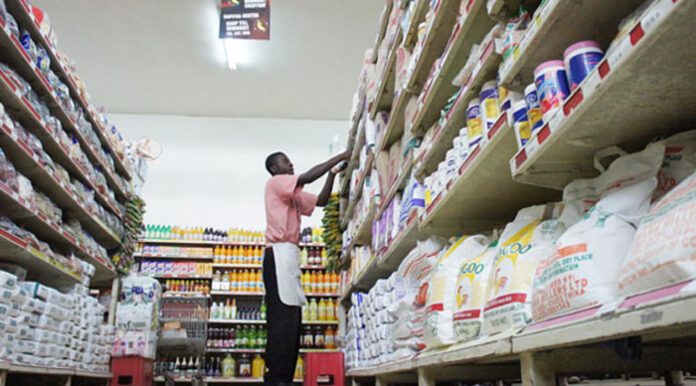According to the Central Bank of Kenya (CBK), the inflation rate is currently at low levels that were last seen seventeen years ago.
As at October 2024, the CBK placed the inflation rate at 2.72 per cent.
However, Kenyans have lamented that they are not feeling the impact of the low inflation rate. Whereas low inflation is expected to translate into low cost of basic products and hence a sense of affordability for the general public, the opposite has been somewhat true.
For instance, the low rates have come in tandem with rising taxation that means that people are now pocketing less money than they pocketed a few years ago.
To illustrate how this is unraveling, data analyst Elijah Karicho Samuel explained as follows:
“I was earning Sh. 1,000 last year… at the time, I used to pay Sh. 400 in taxes; my take home was Sh. 600. Today though, I am paying tax (and other levies) of Sh. 500 and so my take home is Sh. 500.
Last year, I would buy maize flour at Sh. 180, and so after buying 1 packet of maize flour, I would remain with Sh. 420 in the pocket.
On the other end, today the same maize flour is Sh. 120 (which means the price has reduced), and buying 1 packet means my balance is Sh. 380.
That is what the common person is talking about when they mention that they don’t feel the impact of low inflation… I would remain with Sh. 420 at the same time a year ago, but today, I remain with Sh. 380.
I lost Sh. 1.5 million to Eldoret woman; I’m ashamed to tell my family – Senior KDF Officer
This Sh. 380 has to pay additional expenses like electricity which unfortunately has gone up from Sh. 21 to Sh. 28 per unit.
My employer hasn’t increased my salary, and I am lucky because a few of my colleagues had their contracts terminated with the employer citing hard economic activities.
Lower inflation doesn’t always translate to affordability.”








